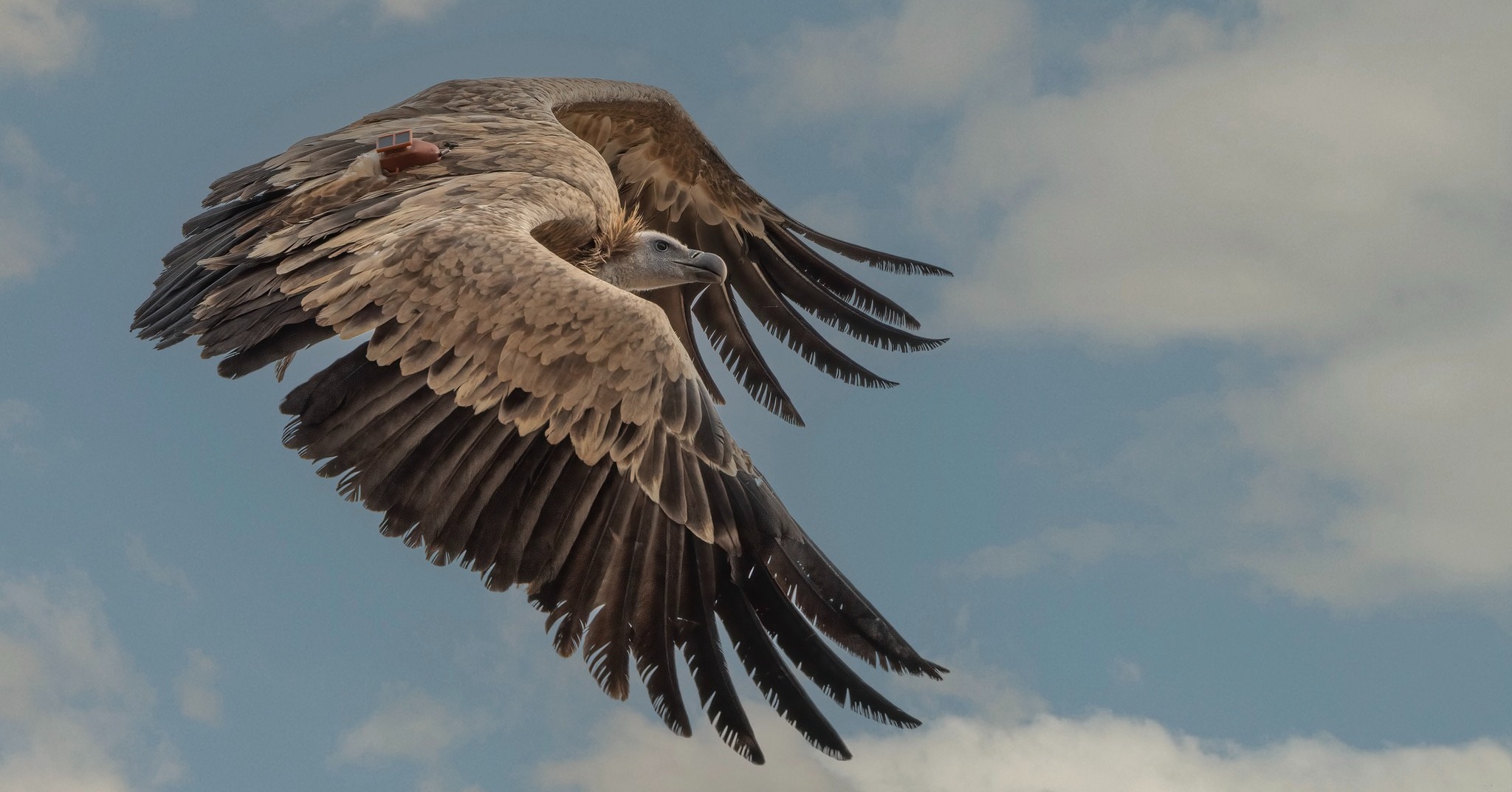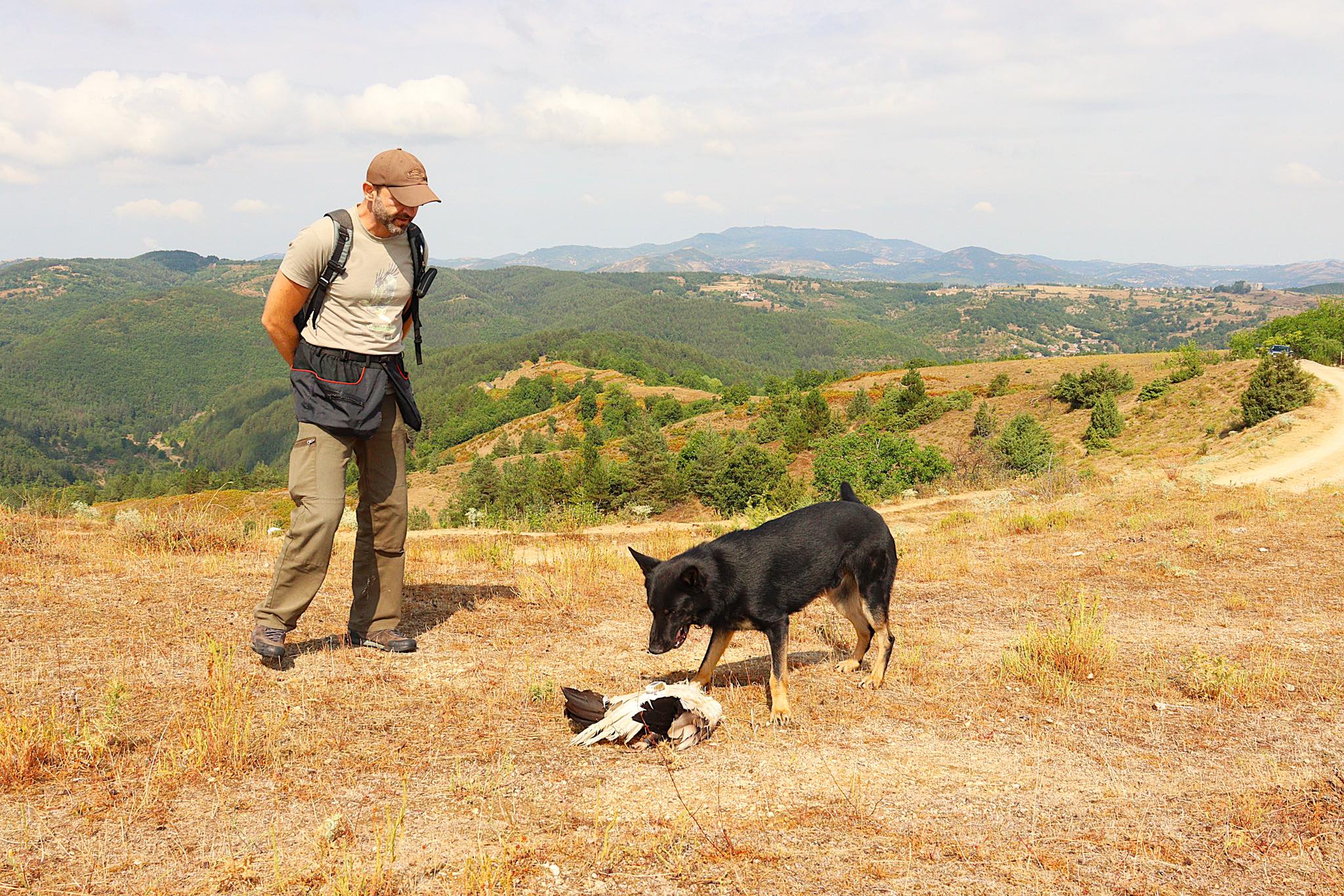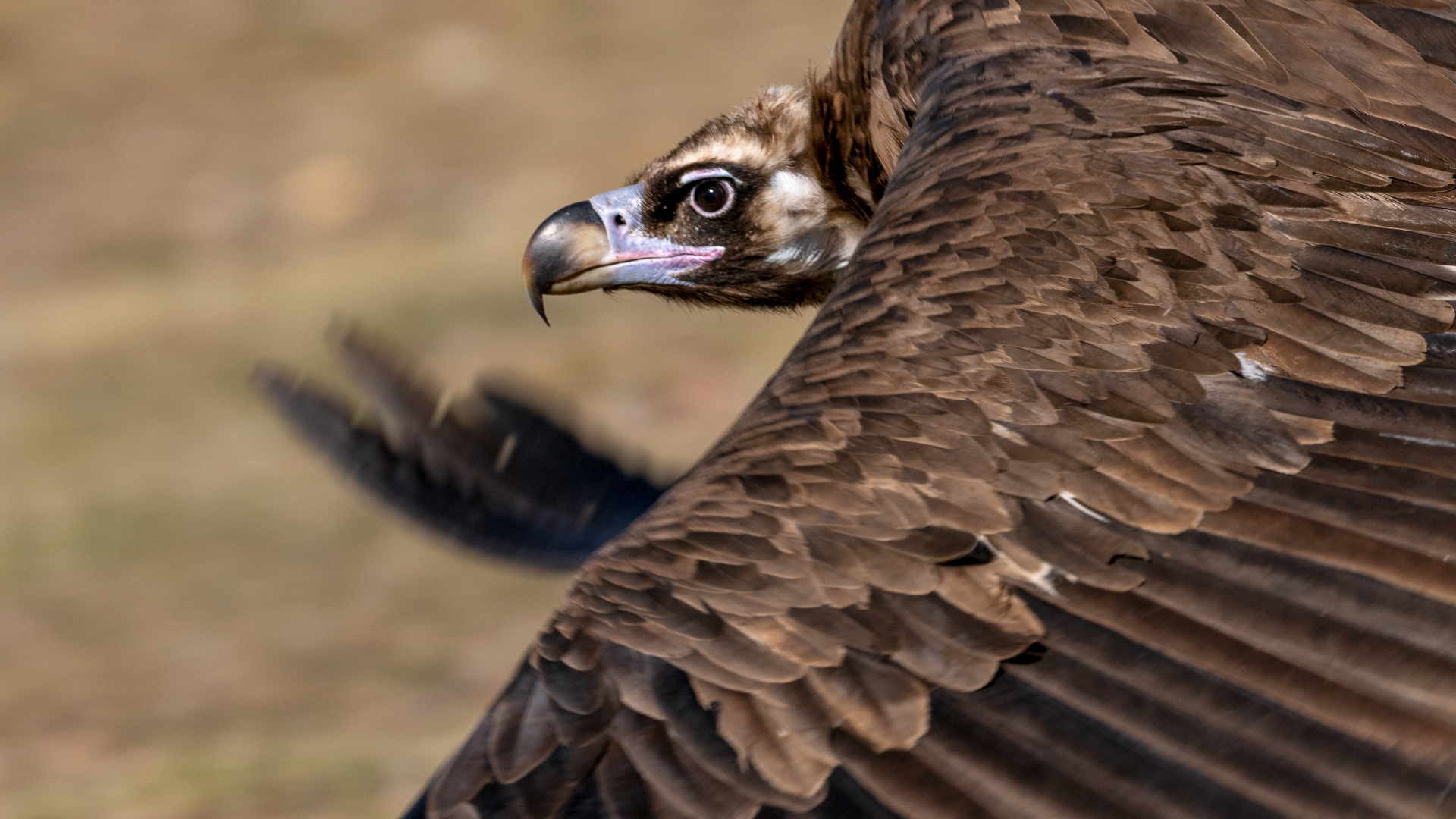The first international conference in Italy on the impacts of lead ammunition on wildlife, ecosystems and humans, brought together experts, institutions, and conservationists from across Europe.

A conference to confront a persistent threat
On October 17–18 2025, more than 200 experts, researchers, and stakeholders from 13 European countries gathered in Gorizia, Italy, for a groundbreaking conference that tackled one of the most pressing yet overlooked threats to Europe’s wildlife: lead poisoning from hunting ammunition.
“Lead, a Borderless Poison,” the first international conference in Italy fully dedicated to the effects of lead ammunition on wildlife, the environment, and human health was organised by ASTORE FVG APS, with the support of the Regional Council of Friuli Venezia Giulia, the Prealpi Giulie Nature Park, and the Vulture Conservation Foundation (VCF). The conference counted on the close collaboration with the Italian Centre for Ornithological Studies (CISO) and the Lago di Cornino Regional Nature Reserve, key partners in vultures conservation in northern Italy, and on the patronage from SITOX (Italian Society of Medical Toxicology), a clear sign that lead from ammunition should be considered dangerous to human health.

A 230-year-old problem that won’t go away
Lead poisoning in birds is not a recent issue. Italian naturalist Paolo Savi first documented it over 230 years ago, describing it as “a phenomenon that awakens naturalists’ curiosity and hunters’ interest.”.
Currently, in Europe at least 14,000 tons of lead are dispersed in the environment every year, making hunting ammunitions the largest unregulated source of lead pollution. Lead poisoning kills 2.3 million birds every year in EU countries alone and exposes approximately 150 million to contamination risk – explained Alessandro Andreotti senior technologist at ISPRA (Italian Institute for Environmental Protection and Research) and co-author of the ISPRA technical report “Lead in Hunting Ammunition: Issues and Possible Solutions”.
Ecotoxicologist Rafael Mateo from the Institute of Environmental Assessment and Water Research (IDAEA–CSIC, Spain) opened the scientific session with a striking overview of the European contamination scenario. He explained that lead pellets remain in soil and wetland sediments for nearly a century, showing how deeply lead ammunition can continue to poison the food chain even after a ban.
Lead in raptors: a deadly legacy
The VCF research coordinator and Vice president of CISO (Centro Italiano Studi Ornitologici) Enrico Bassi presented an international study on Golden Eagles, Griffon Vultures, Bearded Vultures, and Cinereous Vultures across central and southern Europe. The numbers speak for themselves: 44% of 252 raptor carcasses examined showed lead contamination in at least one tissue. Considering the four target species, Italy present a particularly severe and widespread pattern of contamination, with percentages of exposure of 67% on average.
The impact extends beyond individual birds. Research presented by Rafael Mateo revealed that 18 raptor species — including vultures, eagles, owls, and falcons — show widespread exposure to lead, which suppresses their survival and reproduction. In some species, populations decline by up to 14% annually due to this contamination.
Professor Stefano Pesaro from the University of Udine shared particularly concerning data from the Lago di Cornino Regional Nature Reserve feeding station at in Friuli Venezia Giulia. Blood analyses from 76 Griffon Vultures showed contamination rates jumping from 19% in 2019 to 64% in 2023.
A human health crisis as well
What made this conference truly unique was its “One Health” approach, recognizing that lead poisoning isn’t just a wildlife issue, it’s a public health crisis.
Professor Giuseppe De Palma from the University of Brescia and toxicologist Andrea Giampreti from Papa Giovanni XXIII Bergamo Hospital described lead as a “silent killer”. Even at low contamination, lead exposure is linked to increased cardiovascular diseases, hypertension, and neurological damage.
Veterinarian Mauro Ferri, expert in wild game meat hygiene, Giorgio Fedrizzi e Damiano Accurso from the Experimental Zooprophylactic Institute of Lombardy and Emilia-Romagna, highlighted a regulatory gap between farmed and wild meat: while strict limits exist for livestock, no EU or Italian law defines safe lead levels in game meat.
Solutions already exist
The transition to non-toxic ammunition is not only possible, it’s already happening successfully.
Danish researcher and hunter Niels Kanstrup from the University of Aarhus demolished common objections, explaining that Denmark banned lead for all hunting in 1996 with remarkable success. Alternative ammunition isn’t toxic, doesn’t increase hunting accidents, and works effectively.
Journalist and hunter Matteo Brogi demonstrated that the transition is complex but achievable through industrial investment, training, and mindset change.
Anna Mazzolini from the European Chemicals Agency (ECHA) outlined the regulatory progress already achieved, including the historic 2021 ban on lead shot in EU wetlands (Regulation 2021/57). Her presentation confirmed that lead-free hunting is technically feasible, economically accessible, and safer for both human health and the environment.
Leading by example
Friuli Venezia Giulia shows the way in Italy
Dario Colombi, from the Friuli Venezia Giulia Regional Directorate for Hunting and Fisheries, presented the measures already implemented in the region to phase out lead ammunition.
Friuli Venezia Giulia now stands at the forefront of the transition to non-toxic ammunition, not only for waterfowl and small game, but also for big game hunting. These actions specifically aim to protect the region’s precious Griffon Vulture population. This is exactly the kind of proactive, science-based policy we need to see replicated across the continent.
LIFE Projects in Europe
VCF Director José Pedro Tavares presented our comprehensive approach to addressing lead ammunition across conservation projects in Europe, North Africa, and the Middle East. He highlighted that no vulture conservation effort can be truly successful without tackling the threat of lead.
Across Sardinia, Corsica, Grands Causses, the Alps, Portugal, Croatia, Slovenia, and Bulgaria, VCF and partners have tested lead-free ammunition, distributed non-toxic alternatives, and organised training sessions with hunters. These initiatives are building trust, awareness, and acceptance, demonstrating that collaboration is key to saving vultures and protecting public health.
Bolesław Słociński, from BIOM, added that in Croatia, 65% of analysed griffon vultures show signs of lead exposure. BIOM’s “Safe Flyways” programme combines scientific monitoring, hunter education, and policy advocacy.
Field visit and “The Poison After the Shot” exhibition
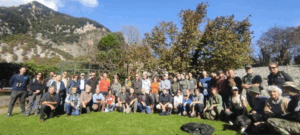
The second day of the event took participants to the Lago di Cornino Nature Reserve, where they observed wild griffon vultures and learned about the long-term conservation success of this population, now the only breeding one in northern Italy.
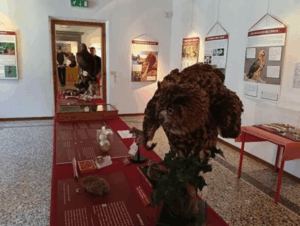
The event concluded with the opening of “The Poison After the Shot” the first exhibition in Italy dedicated to the effects of lead poisoning on wildlife. The exhibition was curated by the Museum of Natural Sciences of Bergamo and hosted in the Prealpi Giulie Nature Park, in collaboration with CISO and the Tarvisiano Hunting District.
A shared responsibility
At the closing ceremony, VCF members Fulvio Genero, Enrico Bassi, and Raphael Neouze honoured Matteo Brogi, Dario Colombi, and Roberto Viganò with symbolic vulture pins, recognising their efforts to bridge conservation and hunting worlds.

The message is clear: a future without lead is not only achievable, it is necessary.
Ending lead use will save vultures and other raptors, reduce environmental contamination, and protect human health. As emphasised throughout the conference, this is not a fight against hunting, but a collective step toward sustainability and responsibility.
From November 28, the entire conference can be viewed on the ASTORE website and the Julian Prealps Nature Park as well as on that of the “Enrico Caffi” Natural Science Museum in Bergamo which has an entire section dedicated to this threat.

